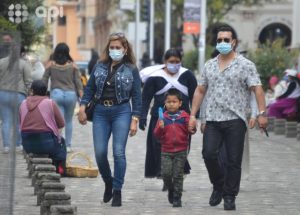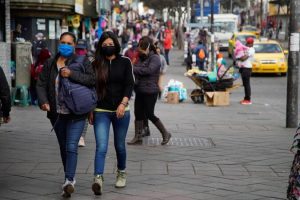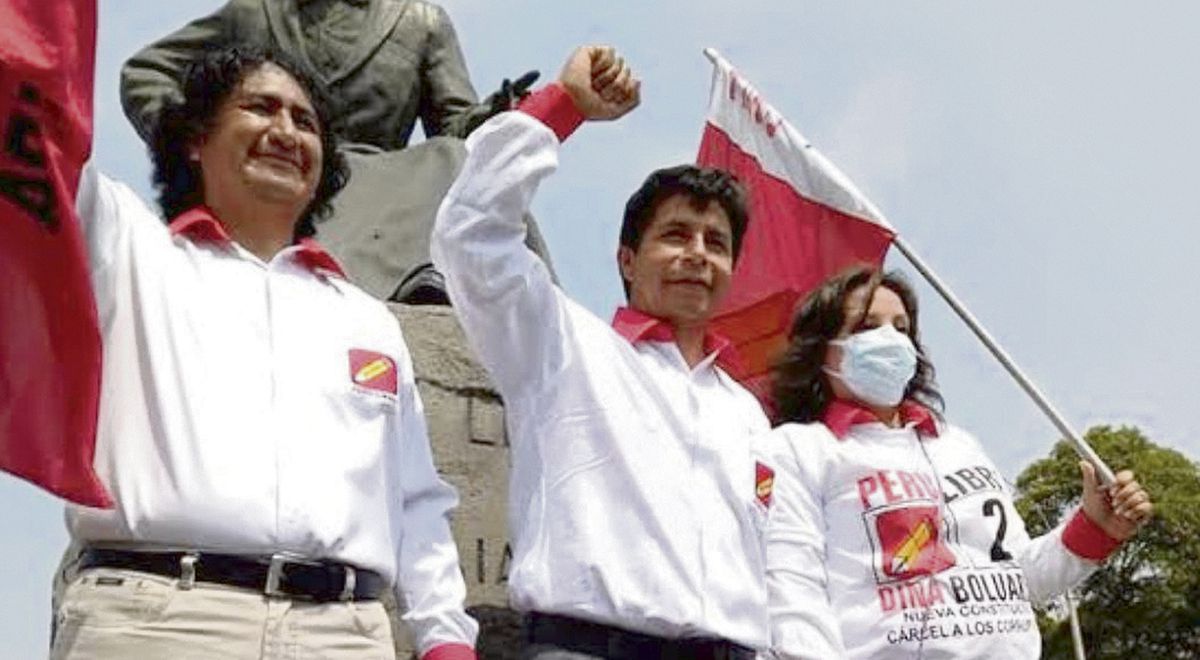The Government is in the middle of a crossroads: It is possible to fix the fiscal accounts without cutting the wings to growth and job creation.
The government of Guillermo Lasso projects that the Ecuadorian economy it will not grow more than 2.54%, on average, during the next few years until 2025.
This percentage is just 0.4% above the population increase and is not enough to substantially improve the quality of life and the opportunities, especially from the poorest strata.
At that rate, and without a real change in the economic model, it will take the country 175 years to double its income per Ecuadorian. That income has already gone back 10 years with the hit of the pandemic.
In other words, it will take the effort of almost three generations to reach the levels of development, employment and consumption capacity that societies such as Panama, Uruguay, Chile or Costa Rica currently have in the region.
Currently, the national economy produces a per capita income of $ 443 per month; while in other countries more than $ 1,000 is generated.
The goals of generating 2 million jobs additional in four years and raising the Unified Basic Salary up to $ 500, included in the National Development Plan, depend on economic growth exceeding 4%. Only in this way, companies will be able to hire more and with higher salaries.
According to Francisco Swett, former Minister of Economy, the underlying reason for the expected low performance is that, despite campaign promises, the Government has chosen to continue reproducing the logic of the last 14 years: to avoid cutting the public spending unproductive; and continue to finance waste with more debt.
More effort for the same broken bag
As a candidate, Guillermo Lasso He repeated many times that “a dollar is worth more in the pocket of each citizen than in the cash of a profligate state.”
However, as President he has proposed a tax reform where an effort is once again requested from the few who already pay. taxes; but the setting in the public spending concentrates on the investment and not in reducing the bureaucracy.
Of the more than $ 4.2 billion in cuts agreed with the International Monetary Fund (IMF), less than $ 1,000 million has to do with a true optimization of inefficient processes, excessive paperwork and improvements in public procurement.
The economist Walter Spurrier, director of Analysis Semana, questions that spending on salaries is not only not reducing, but will continue to grow.
Since the liberal sectors, which in theory should be the main support of the current Government, ensures that the more than $ 9,000 million annually in bureaucracy they are unsustainable.
The cut in that sector should be around $ 1.8 billion to be related to the size and capacity of the national economy.
Those $ 1.8 billion, which are not adjusting in the State, are those that are now being asked of the citizenship through more taxes through the bill called Economic Development.
In this context, liquidity is taken away from the productive sector and the few sectors that can boost consumption; while the economy continues not to grow to the levels that are needed. (JS)
En los próximos se gastará más de $36.000 millones en pagar deudas y menos de $13.000 millones en inversión.
El ingreso mensual por ecuatoriano no supera los $443; mientras en Uruguay o Chile se supera los $1.000
Does the “social democratic consensus” triumph again?
According to Gabriela Calderón, a researcher at the Cato Institute, a truly liberal model (less neoliberal) has never been implemented in Ecuador, but rather a social democratic consensus is maintained, where it is taken for granted that the State must intervene to promote certain industries, protect others from the competition, set official prices, redistribute income through a progressive tax system, rescue financial institutions by socializing private losses, among others.
“This consensus has caused more damage because we do not have strong institutions and it easily leads to authoritarianism, corruption and waste,” he said.
For this reason, it is considered that the current approach of the Government of Guillermo Lasso is a surrender to more of the same. And, along the way, almost all the five pillars of the Liberty and Prosperity Forum’s proposal have been left aside: (1) that workers own their savings, choosing who manages them; (2) internationalize the financial system to increase the supply of credit and lower interest rates; (3) commercial opening to benefit from the international division of labor; (4) reduce the size of the State and lower the tax burden; (5) make the labor market more flexible.
“The common denominator of the five proposals is to give Ecuadorians greater economic freedom, facilitating the development of their life projects and leading the country towards greater prosperity. The evidence shows that the freest economies are the most prosperous, ”concluded Calderón.
GDP per Ecuadorian fell 10 years with the pandemic | La Hora Newspaper










